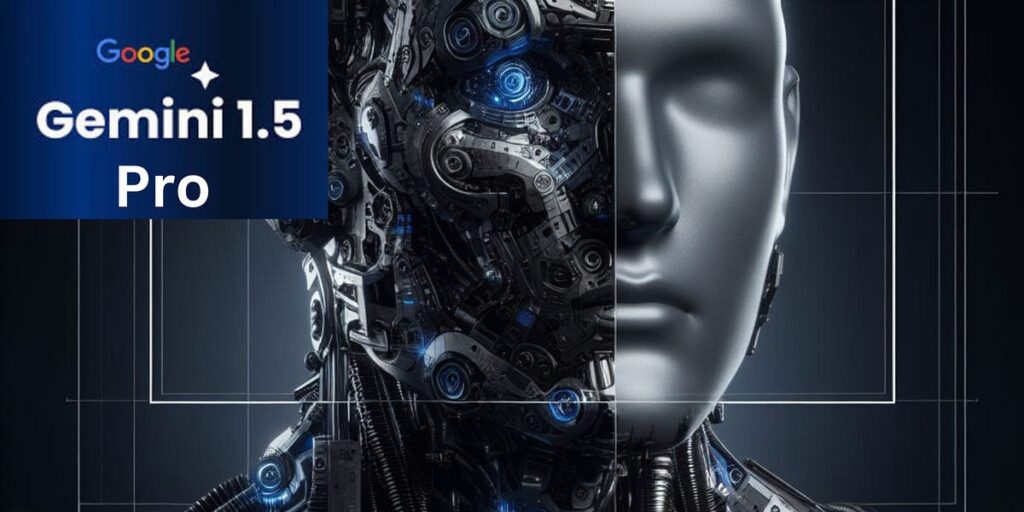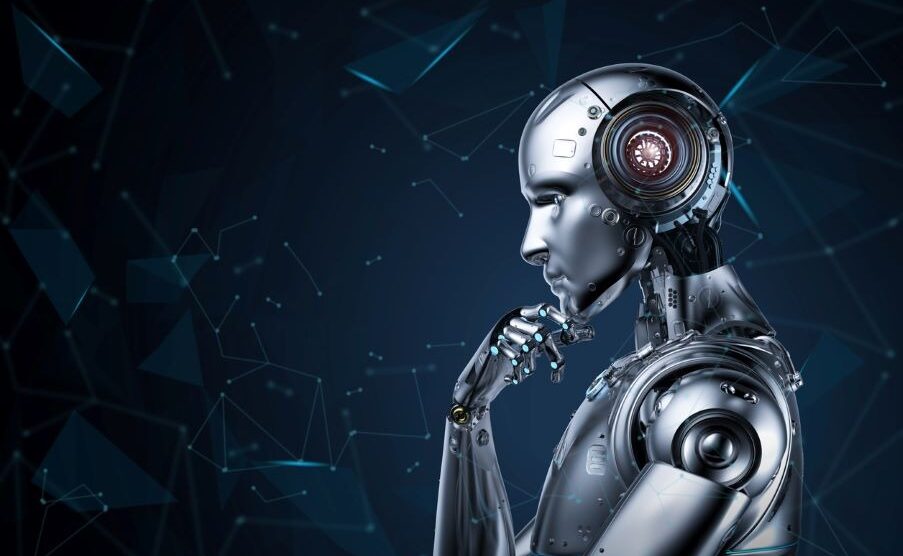
The Power of Gemini’s Long Context Window
Technical Implications
- Vast Information Processing: The 1.5 million-token context window allows for unprecedented amounts of data to be processed and retained.
- Spatial Understanding: This large context enables the AI to build a comprehensive “mental map” of an environment from video input.
- Temporal Reasoning: The model can likely understand sequences of events and spatial relationships over time.
Advantages Over Traditional Methods
- Flexibility: Unlike pre-programmed maps, this approach allows robots to adapt to changing environments.
- Efficiency: Robots can quickly learn new spaces without the need for extensive manual programming or mapping.
- Natural Interaction: The ability to understand natural language commands makes these robots more user-friendly.
The Role of Multimodal AI in Robot Navigation
Integration of Vision and Language
- Visual Learning: The robot can extract spatial information from video tours, understanding layouts and object locations.
- Language Processing: Natural language commands are interpreted in the context of the learned environment.
- Image Recognition: The ability to identify objects from images adds another layer of contextual understanding.
Potential for Advanced Reasoning
- Inference Capabilities: The AI might deduce the likely locations of objects based on context, even if not explicitly shown in the video.
- Task Planning: With its understanding of the environment, the robot could potentially plan complex sequences of actions to achieve goals.
Implications for Various Industries
Healthcare
- Hospital Navigation: Robots could guide patients or visitors through complex hospital layouts.
- Asset Tracking: Quick location of medical equipment in emergency situations.
Warehousing and Logistics
- Adaptive Inventory Management: Robots that can navigate changing warehouse layouts efficiently.
- Collaborative Picking: Assisting human workers by fetching items from various locations.
Home Automation
- Eldercare Assistance: Robots that can navigate homes and assist with daily tasks.
- Smart Home Integration: Seamless interaction with various smart devices throughout a home.
Challenges and Considerations
Technical Challenges
- Real-time Processing: Ensuring the AI can process and respond quickly enough for real-world applications.
- Robustness: Handling unexpected situations or environments not covered in the initial video tour.
- Power and Computation: Managing the computational requirements for running such advanced AI on mobile robots.
Ethical and Safety Considerations
- Privacy Concerns: Addressing issues related to the robot’s ability to “remember” and potentially share information about private spaces.
- Safety Protocols: Ensuring robots can navigate safely around humans and delicate objects.
- Accountability: Determining responsibility in cases of errors or accidents.
The Future of AI-Powered Robotics
This research points to several exciting possibilities for the future:
- Generalist Robots: Machines that can adapt to a wide variety of environments and tasks with minimal reprogramming.
- Enhanced Human-Robot Interaction: More intuitive and natural ways for humans to communicate with and direct robots.
- Cognitive Robotics: Robots with more human-like understanding and reasoning capabilities about their environments.
- Continuous Learning: Robots that can update their understanding of an environment over time, adapting to changes.
Conclusion: A New Era of Intelligent Robotics
Google DeepMind’s application of Gemini 1.5 Pro to robot navigation marks a significant milestone in the convergence of AI and robotics. By enabling robots to learn from video tours and understand natural language commands, this technology paves the way for more versatile, adaptable, and user-friendly robotic systems.
While still in its early stages, this research has the potential to transform industries ranging from healthcare to logistics, and even impact our daily lives through advanced home automation. However, as with any transformative technology, it also raises important questions about privacy, safety, and the changing nature of human-machine interaction.
As this technology continues to develop, it will be crucial to balance its immense potential with careful consideration of its ethical implications and societal impact. The coming years will likely see exciting advancements in this field, bringing us closer to a world where intelligent robots can seamlessly assist and interact with humans in a wide variety of settings.










Add Comment